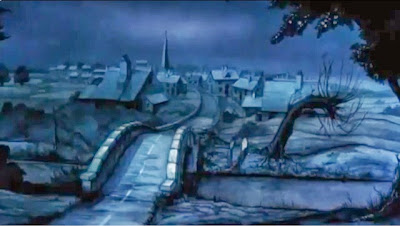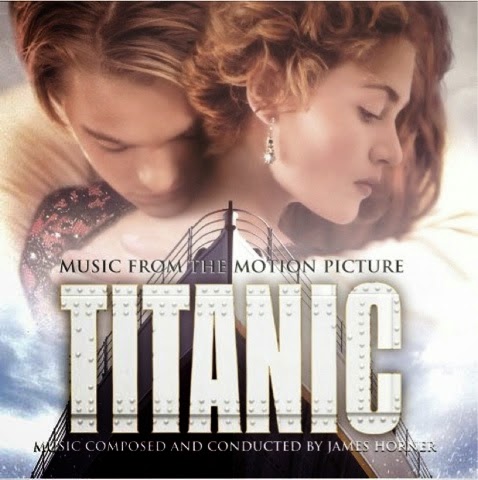Although from our first task I was able to take some skills, for instance, my camera shots for our current task were more steady, compared to my shots within the first task. I was also able to gage how long a shot, or a set of shots would possibly last when at our location, due to experience, also we were able to use a variety of shots due to the experience we had first had, therefore allowing us to gain the best possibly mark we can within the module.
When comparing shots that were in products, we can see a full change in how we came to do them, for example, without our first task with the match on action, as you can see, our editing skills set us back as far as to say the shot(s) looked so unrealistic., when compared to our match on action in our film opening.


I also think that my coursework film opening is a big improvement to that of my first task because I believe I took a big learning curve within the media course, in the sense that I learnt how to understand how to frame, that variety of shots keep the audience interested, and also how to edit on the mac, which at the beginning of the course, I could barely use the mouse let alone edit our film media products.






























